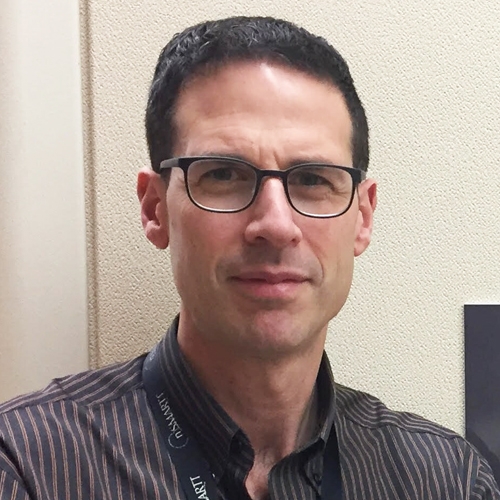 Hypoglycemia in the NICU Online Course(s) & Continuing Education
Hypoglycemia in the NICU Online Course(s) & Continuing Education
Access the latest clinical skills and research for Hypoglycemia in the NICU for NEONATOLOGY professional training. These Hypoglycemia in the NICU online courses provide practice-changing skills and valuable perspectives from leading global experts. This Hypoglycemia in the NICU education has been accredited for a variety of CEUs / CERPs and can be accessed on-demand, at your own pace.


Dr. Narvey began his training in Pediatrics at the University of Manitoba in Winnipeg where he completed a year of further training in Neonatology. This was followed by two years of Neonatal fellowship at the University of Alberta in Edmonton. Afterwards he began his career as a Neonatologist in the same city and over the 6 years he spent there, his career included both clinical and administrative duties including 4 years as the Fellowship Program Director and two years as the Medical Director for a level II unit. In late 2010 he accepted a position in Winnipeg to become the Section Head of Neonatology and continues to hold this post. In 2016 he took on the additional role of Medical Director of the Child Health Transport Team. In 2015 he became a member of the Canadian Pediatric Society’s Fetus and Newborn Committee and in 2019 took over as Chair of the same. His interests predominantly lie in the use of non-invasive technology to minimize painful procedures during an infants stay in the NICU. He is active on social media and has a passion for fundraising and is an active board member of the Children’s Hospital Foundation of Manitoba.
Topic: Human Milk Diet and Fortification: Controversies and Evidence - [View Abstract]
Topic: Many Different Shades of Yellow - [View Abstract]
Topic: Respiratory Problems in the Newborn: Where Are We in 2022? - [View Abstract]
Topic: Sweet and Sour: Hypoglycemia in the Newborn - [View Abstract]
Hypoglycemia is one of the most common problems encountered by the practitioner in newborn care. How low is too low and how does the age of the patient influence these thresholds? Moreover, when a patient’s blood glucose is found to be low, what are the best steps to take in order to normalize it? This is not your usual talk on hypoglycemia but rather one that looks at the journey one center took in its quest to answer these questions. On this path we encountered some results that were definitely “sweet” and others that left a “sour” taste in our mouths. In this talk you will be follow the story of our center which produced a cautionary tale that demonstrates that you shouldn’t always believe everything you read!

View Details / Enroll


Deborah is Aotearoa/ New Zealand’s first Nurse Practitioner. Deborah’s research interests include the management of babies at risk of neonatal hypoglycaemia and their later development. The impact of her teams research has changed the treatment for millions of babies and families across the developed world. More recently, Deborah has been investigating the prevention and management of neonatal hypoglycaemia within the Pacific Islands.
Recent evidence has shown healthy term babies have episodes of low blood glucose concentrations, in the first few days after birth, which can last for long periods, similar to those babies identified as being at-risk for neonatal hypoglycemia. Suggesting low blood glucose concentrations may be part of metabolic transition. Neonatal hypoglycemia in at-risk babies is important because it is common and linked with neurosensory impairment and death. Screening is recommended for babies identified as being at-risk, which is routinely performed by heel-prick lances. Half of the babies identified as being at risk, will become hypoglycemic. If hypoglycemia is diagnosed, treatment is recommended. The aim of treatment is to increase the blood glucose concentration, and therefore available glucose for cerebral metabolism. The glucose concentration at which brain injury occurs remains unclear. Therefore, while current treatment thresholds are determined by evidence, expert opinion also contributes to treatment recommendations. Consequently, there are international variations in screening regimes and treatment thresholds. However, feeding and oral dextrose gel are the most common treatments for neonatal hypoglycemia. Learn more about the research and thoughts on best practice for preventing and managing hypoglycemia in neonates.










